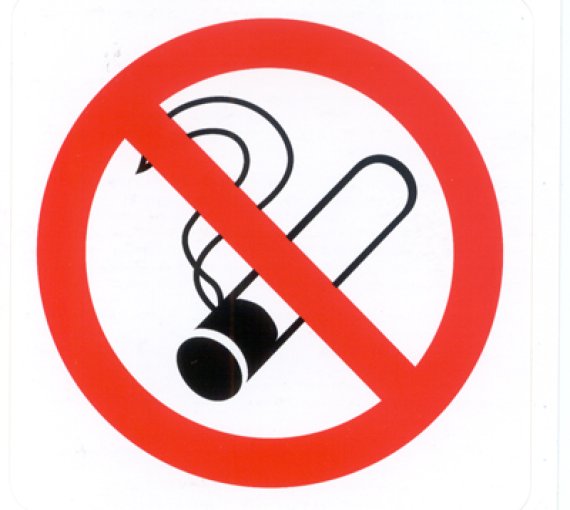Emeritus Professor Grasman of the Mathematics and Statistical Methods Group writes about this in this week’s PLOS ONE. To conquer nicotine addiction, it is better to start by smoking less and then pick a time to stop completely. This is shown by model calculations which Grasman carried out together with psychology researchers at the University of Amsterdam. Grasman and his colleagues set up a mathematical model which simulates the physiological process of stopping smoking. The model focuses on three factors which are necessary in the quitting process: the nicotine content in the body, the craving to smoke and the will to stop. Grasman handles these variables in a few mathematical equations which describe the smoking process surprisingly accurately.
Tipping point
Grasman’s model uses the same mathematical tool which also forms the basis for the tipping point theory of Marten Scheffer. The smoking model has two stable states: that of the confirmed smoker and that of the sworn non-smoker. Between these two extremes is an area marked by tipping points in which both states (smoking and not smoking) are possible. In this area, the smoker finds himself, as it were, sitting on a see-saw. ‘The dynamics of the model lies in the variation of the will to stop, the self-control. This can take a person from one state to the other,’ explains Grasman. The trick is to get the smoker onto that see-saw and eventually to get pass the tipping point. The best prescription appears to be to smoke less for a period of time.
Bearable
Both stopping gradually and stubbing out that cigarette right away would eventually lead to the same result. The success rate of quitting smoking permanently is only 30 percent. ‘It’s just that it takes three times longer in stopping gradually before the addiction is gone,’ says Grasman. According to him, these statistics tally closely with real life figures. But there is a better way to kick the addiction: start by smoking less and then stop completely. This is more bearable. The success rate remains the same, but the length of the therapy can be adjusted at will according to individual desires. Those who find it hard to quit abruptly can opt for a longer therapy period by smoking less for a start. In fact, Grasman is suggesting a tailor-made quit smoking therapy.
Obesity
Grasman’s model is based on the physiological processes underlying addiction. ‘The model makes a link between the intake of nicotine and people’s behaviour. This link has not been made before.’ According to Grasman, the principle of this approach is also suitable for modelling other forms of addiction. He will focus on obesity next.

